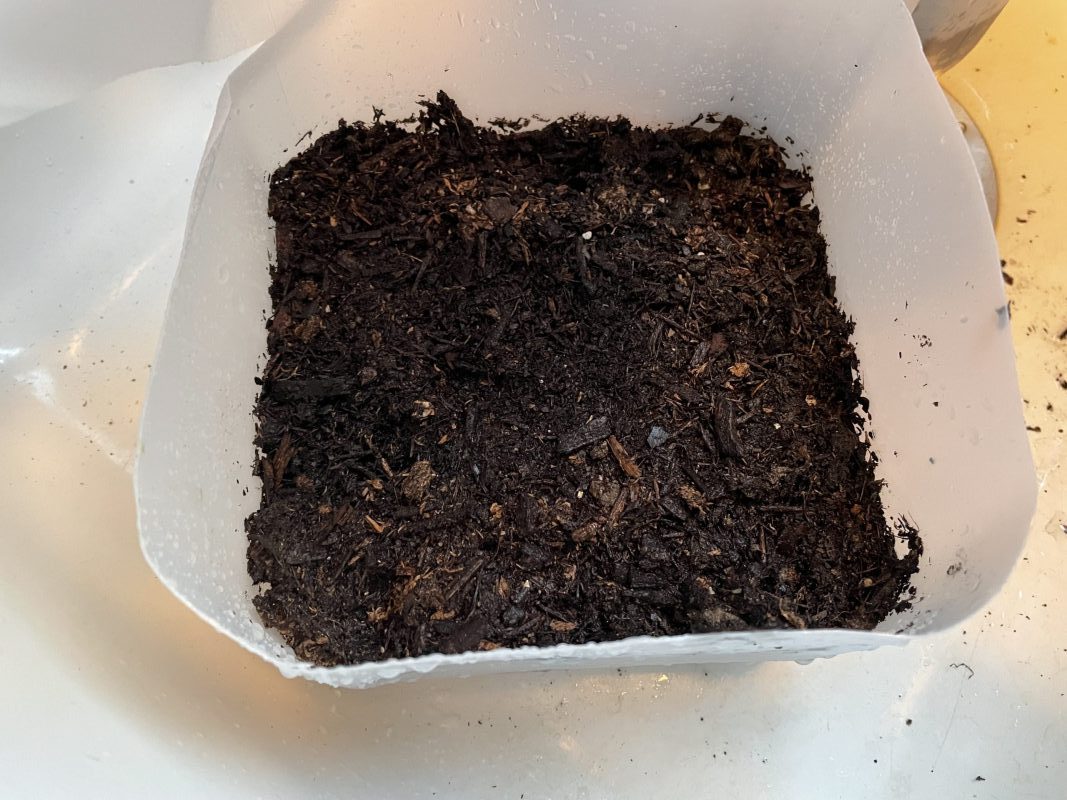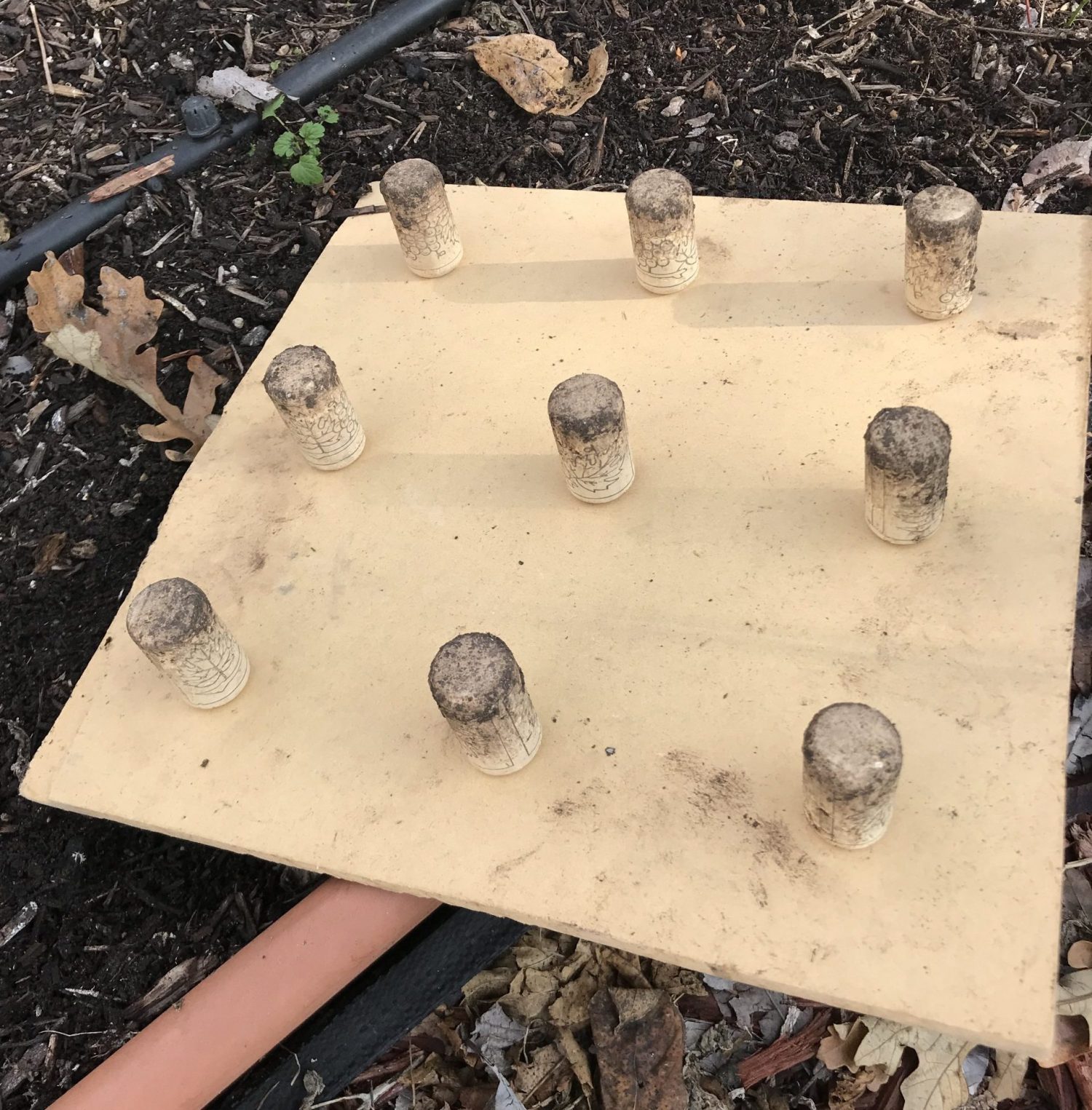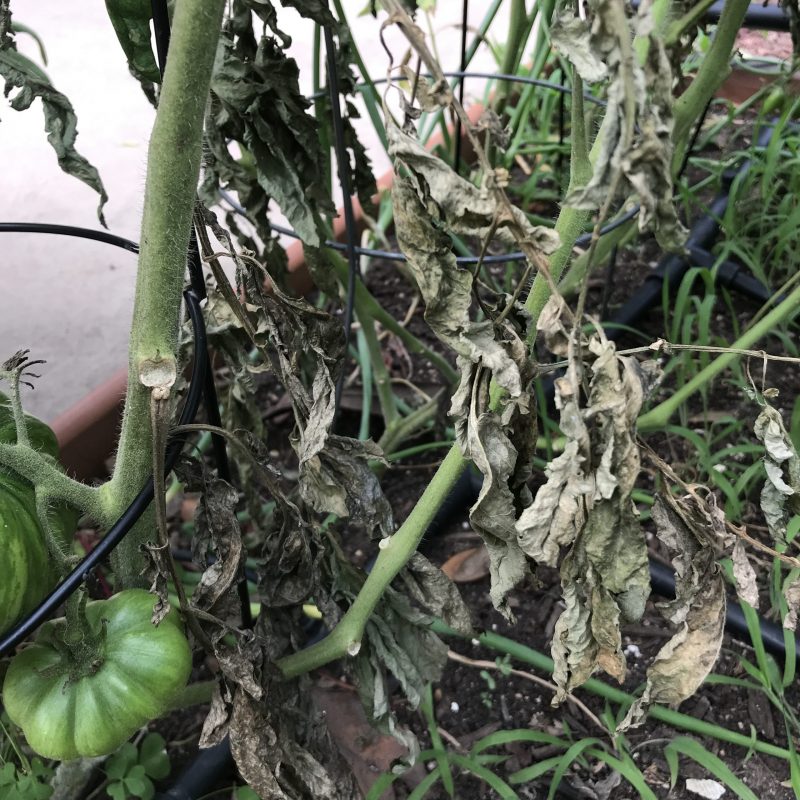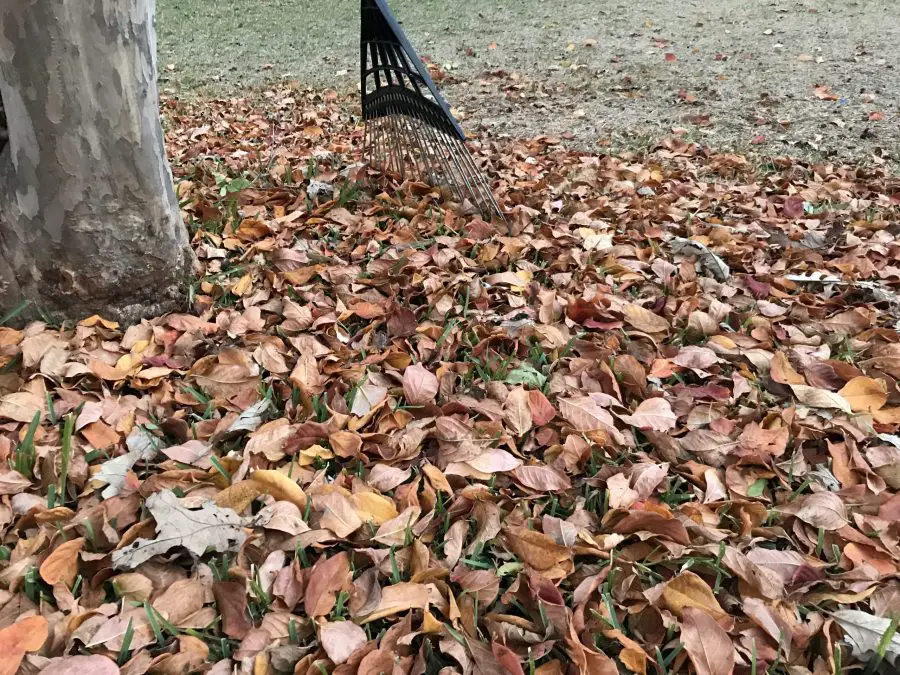Trudy Davidoff was an avid home gardener who enjoyed starting seeds. However, living in a small cottage in New York, lack of space was a challenge for her. In an attempt to fix her problem, she mimicked nature and decided to start seeds outdoors. She gathered some take-out containers and repurposed them into mini-greenhouses. The experiment was successful, and this new method spread among gardeners like fire. The USDA recognized the technique in 2006, and the term Winter Sowing was added to the National Agricultural Library Thesaurus.
What is winter sowing?
Winter sowing is simply the process of starting seeds in winter. You might wonder if it is the same as seed starting indoors, and the answer is “no.”
Due to the long winter and the short growing season, northern gardeners always try to find ways to get ahead start. Starting seeds indoors is one of them, but it comes with challenges.
Winter sowing is a great alternative to indoor seed starting. The idea is to use natural elements to the gardener’s advantage with the least effort. Winter sowing is starting seeds in a mini greenhouse made out of a plastic container and placed outside.
Most people think that winter sowing is a way of stratification. In other words, it is a method to stimulate germination in seeds that require cold temperatures. However, today’s winter sowing applies primarily to starting winter hardy crops and flowers.
Who uses the winter sowing method?
The technique of winter sowing is used mainly by northern gardeners. It enables them to start seeds outside in the snow without worry. Despite the snow, the closed container maintains adequate moisture and warmth, keeping the seed alive. The latter will stay dormant until the soil reaches the ideal temperature for it to sprout.
What about Southern gardeners?
Southern gardeners do not go through extreme winters; thus, winter sowing may not be as valuable. That said, there is a way to use winter sowing to an advantage in the south by applying a slight change to the concept.
Tomatoes, peppers, and eggplant are the only crops southern gardeners need to start mid-winter. Using this method may spare them the use of indoor growing stations. Placing the containers in a sunny spot will warm up the soil fast and provide enough light for the seeds to germinate. The seedlings may stall at first due to the cooler temperatures, but they will take off as soon as they are planted in early spring.
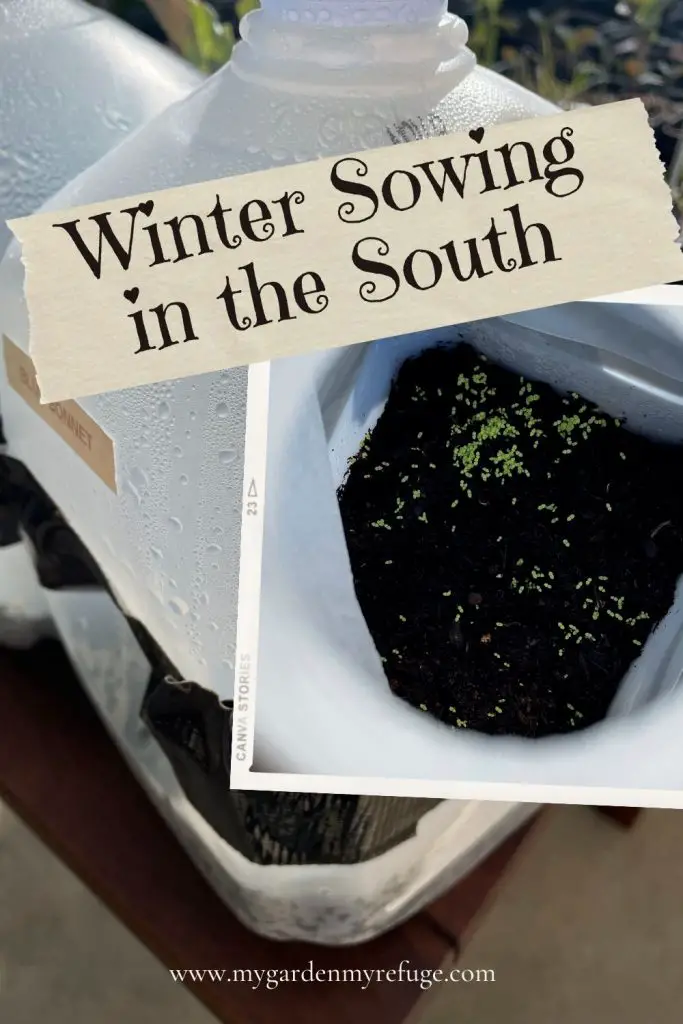
How to winter sow?
The great thing about winter sowing is that you need three things: a container, seed starting mix, and the seeds. Any shallow container with a cover will do the job.
- Make holes at the bottom of the container for drainage. (Do not skip this step)
- If using a jug, cut horizontally in the center to make up a bottom and a top.
- Fill the bottom with premoistened soil and pat it slightly to remove any air pockets.
- Sprinkle the seeds evenly and cover them with soil lightly.
- Place it on the top and secure it. Use heavy-duty tape to reattach the top to the bottom of a jug. (keep the lid off)
- Don’t forget to label your containers.
- In cold climates, place the container in a sunny spot. In a mild climate, place the container in a partly shaded area.
- Keep an eye on your seedlings when the temperatures are too warm. The mini greenhouse may get too hot, which could burn the delicate plants.
When to winter sow?
1- Cold Climate
In cold climates, winters are long, so you should not start your seed too early. The winter solstice (December 21) is a good point of reference, where the days start getting longer.
2- Warm climate
If winter sowing to start hardy annuals and wildflowers, you should get them going in late fall or early winter. They will enjoy the cool temperatures and be ready for late winter planting.
Although winter sowing is not recommended for warm-season crops, you might want to try it. Tomatoes are a great candidate for this experiment. Starting them around the new year is most appropriate with the days getting longer. It is essential, though, to keep an eye on them. Fluctuating temperatures and unpredictable severe storms could destroy your starts.
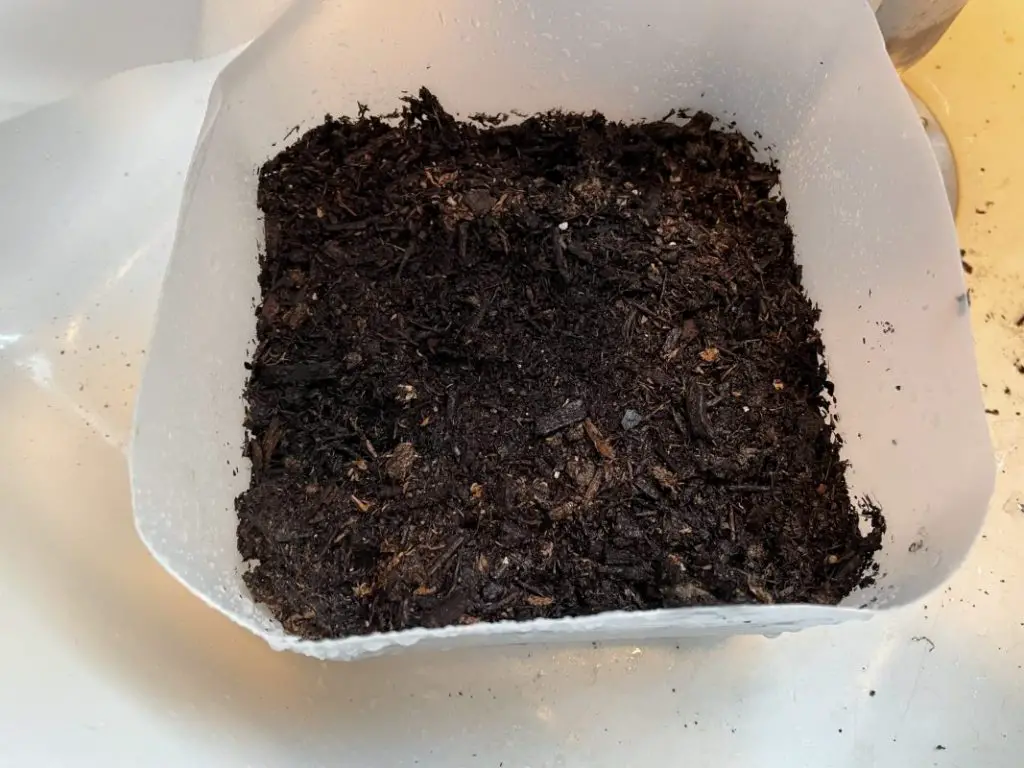
Benefits of winter sowing
Regardless of where you are, winter sowing does have its benefits.
- It saves indoor space by not taking over the living room with a growing station.
- It Uses little material, such as grow lights, heating mat, and seed starting cells.
- It saves time by eliminating the hardening-off process. In addition, having the seedlings exposed to the elements from the start makes them strong.
- Reduces damping off, which is a devastating fungal disease.
Winter sowing on the ground
Using milk jugs or plastic containers may be unsightly to some. In that case, there is an alternative: winter sowing directly in the ground. Using something like a cloche to create the greenhouse effect on the ground is an old practice. A clear storage container may come in handy in this situation. This method is convenient with root crops like carrots, which do not tolerate transplanting.
